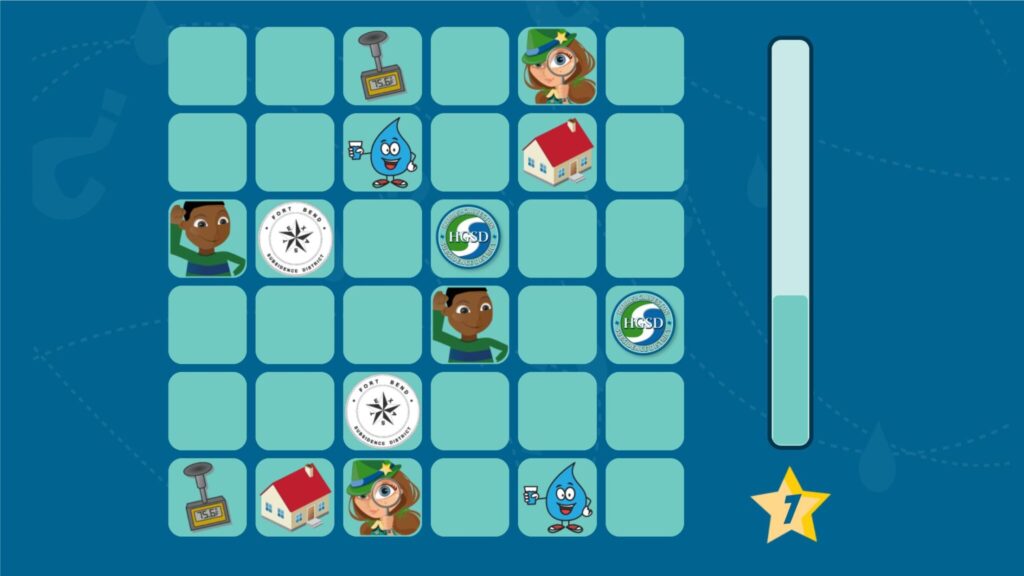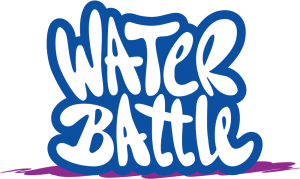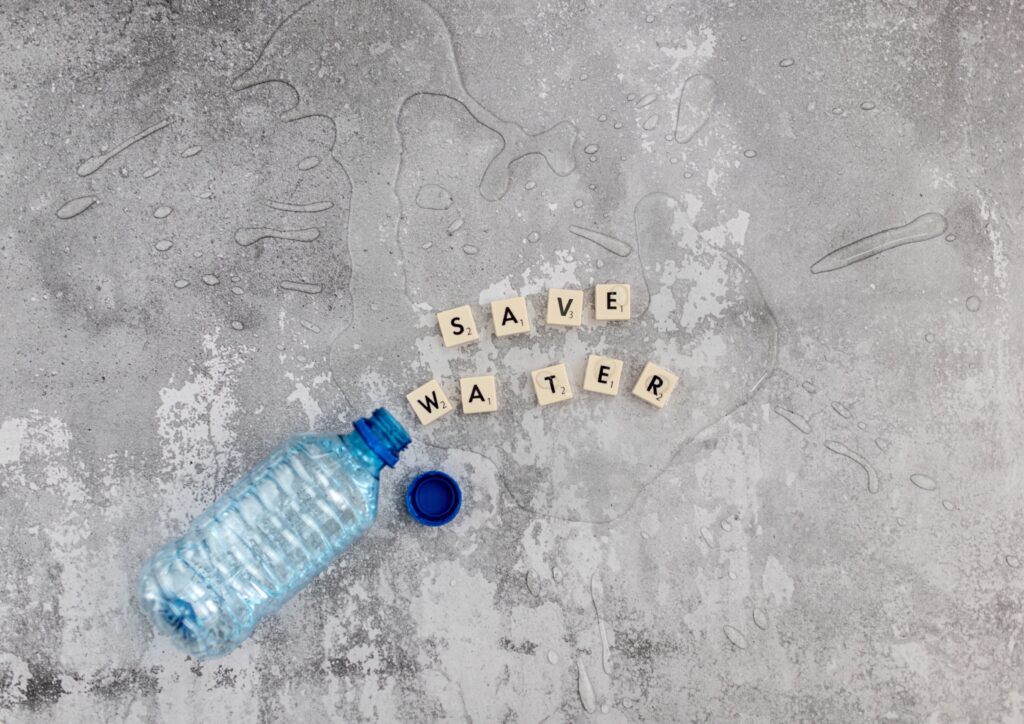Besides producing and distributing clean drinking water, water companies also take on other tasks. For example, sharing knowledge about water consumption and water conservation. Today’s extensive technology helps water companies to transfer this knowledge. In this article, we look at some examples of games and apps to save water and show why the Water Battle is the most effective game for water conservation.
Transferring knowledge and expertise can be done in various ways. Think of giving a webinar, publishing an article in a magazine, or writing a blog. When someone is consciously looking for this information, this is an effective way to share your expertise. For a topic like water conservation or water consumption, this is different.
For instance, target group is not aware that there is limited access to fresh water. They therefore usually have no intrinsic motivation to save water. It is then the task of a water company to encourage their customers with relevant information that helps them save water.
Games and apps can help with this. There are several solutions on the market to save water. What are the advantages and disadvantages of these solutions? We discuss four apps/games and show why the serious game Water Battle is the best solution to intrinsically motivate families to save water and to ensure that they continue to do so in the long term.
Water1der App: creating awareness about groundwater with quizzes
The American company, The Groundwater Foundation from Ohio, developed the trivia app Water1der. The goal of the mobile app is to create more awareness about one of our most precious resources: groundwater. In a playful way, you learn more about water consumption, the water cycle, water conservation, recycling, and measures to combat water pollution, among other things.
You play the mobile game by completing quizzes on various topics. After opening the app, you shake your smartphone and a wheel starts spinning to choose a category for you. The quiz consists of multiple-choice questions, word puzzles, word matching, and yes/no questions. After each quiz, you get a score. It is also possible to create a group and have players compete against each other.
Conclusion: the app uses several gamification techniques to make the app playful and engaging, such as a wheel, a leaderboard, and challenging word puzzles. These techniques make the quiz more fun, leading to longer playtime and better knowledge transfer.
All in all, this app is a great method to transfer basic knowledge, for example, as a supplementary teaching method in a classroom. To intrinsically motivate someone to change behavior, game techniques are needed that motivate the player more deeply.
Pros:
- The mobile app is very accessible
- The visual elements, such as the wheel, make the app more attractive
- Different question types are used, which keeps it from becoming too monotonous
- The gamification techniques make players want to play more often, thus transferring more knowledge
Cons:
- The existing game techniques are not aimed at creating intrinsic motivation for action
- Does not contain a game story, which makes players play for less time
- The result, that consumers are more aware of groundwater, is difficult to measure. For example, there is no water meter associated with wanting to play, so more knowledge is transferred
Dropcountr: tracking and regulating water consumption in one app
Another American company, Dropcountr from San Francisco, has developed an app that allows you to measure your water consumption in detail. Water companies can offer the app to their customers for more transparency between the water company and the customer. In the app, consumers see their water consumption and can quickly communicate with their water company via an online chat platform. It is also possible to view their water bill and pay via the app.
For the consumer, it is very convenient because everything is in one app. It is even possible to set up notifications for leaks, for example, if someone accidentally left the tap on. Water companies benefit by answering customer questions via the chat platform and thus relieving their support department.
Conclusion: the water conservation app offers convenience and transparency for both a water company and the consumer. Consumers can set a limit for their monthly water consumption and receive notifications if they exceed it. It offers some form of control over water consumption. Additionally, notifications for leaky taps also help intrinsically motivate the app users to save water.
Pros:
- Great convenience for consumers; arrange and view everything through one app
- Effective in making consumers more aware of their water consumption
- Adjustable water consumption limit keeps consumers alert to not consume too much water
Cons:
- No water conservation tips are provided
- There are no game elements that motivate users to change their water consumption behavior, like serious games
- Only works in the short term, as long as the user uses the app
Water Detectives: collect star points while learning more about water consumption
In Texas, the search was for an effective way to teach students how to use water more efficiently at home. The serious game Water Detectives was developed as a teaching tool for schools.
In the Water Detectives Program, you compete with classmates, friends, and your neighbors in Texas. In a race against the clock, you search the game for water-saving opportunities. For each completed level you earn ‘star points’ and work your way up the leaderboard. By playing, children learn more about water, the water cycle, how water purification works and how to save water at home.

Conclusion: the Water Detectives game is a comparatively simple solution to the Water1der app discussed in the first example. It is an accessible game that can be played on PC and mobile and is easy for schools to integrate into a curriculum. The game is a combination of video explanations, trivia, and completing various challenges. Collecting rewards and competing against others provide an added incentive to play.
Pros:
- Integratable into school curriculum.
- Has many visually attractive elements for children
- Can be played anywhere, and the playful elements in the game makes a child want to play it at home too
- Game elements such as star points, a leaderboard and various challenges work as a motivator
Cons:
- Unfortunately we could not find any results about the effectiveness of the serious game
- A game like Water Detectives takes a lot of time to develop
- The freedom that players have while playing the levels in Water Detectives is limited, making it less exciting
- It does not have an exciting storyline
Water Battle: prevent water creatures from overflowing in the water network
In 2015, Grendel Games launched the Water Battle. A serious game in which parents and children work together on their water usage, with the aim of being better water custodians.
Children play the game, guiding wonderful water creatures in a water network through different levels. The houses of these water creatures regularly overflow when water is used intensively. By completing levels and answering questions, children prevent this from happening. Parents also participate by helping the children answer difficult in-game questions and also assist them through difficult levels: if they achieve their water-saving goals, they can unlock new levels for their child.
Conclusion: the Water Battle motivates the whole family to engage in water conservation by getting the children and parents to work together towards a water-saving goal. For the children, the serious game is attractive because they are given the responsibility of making sure that the water creatures do not overflow. They can fully immerse themselves in the game story and are challenged to complete all levels. As the family completes levels, answers questions about water conservation, and encounters all sorts of water-saving tips, they help reduce the pressure on water pumps.
Pros:
- Unique interaction between children and parents for effective knowledge transfer.
- Because of the length of the game, the family is more likely to continue the behavioral change (spreading water usage)
- The accompanying narrative motivates children to play more often and for longer periods of time
- Participants save on average at least 7% water
Cons:
- The game is mainly suitable for young children and their parents, and thus less suitable for other target groups, like teenagers
- For best results, parents should also be involved in the game
Conclusion: apps or games?
You have now seen four examples of apps and games to save water. While reading this article, you have noticed that there are several apps to measure your water consumption. If that’s what you’re looking for, that’s perfect! Think of Dropcountr’s notifications when the tap accidentally still drips. An effective way to reduce water waste.
Unfortunately, these apps are less suitable and to intrinsically motivate consumers to change their behavior. With serious games, however, it is possible to teach consumers more about water-saving and to intrinsically motivate them to persevere with water-saving measures. This makes serious games a sustainable and effective option. The games Water Detectives and Water1der lack some key gamification techniques, such as a game narrative and the ability to play together, to intrinsically motivate consumers to save water.
The Water Battle manages to intrinsically motivate everyone in a family to engage in water conservation. They learn interesting facts about water conservation and see an immediate result by keeping track of water usage. The game has a challenging game story with interesting characters, dialogues, and challenges. These elements make the family eager to keep playing and be fully immersed in the topic.
Would you like to know more about the Water Battle? Please feel free to contact us!


